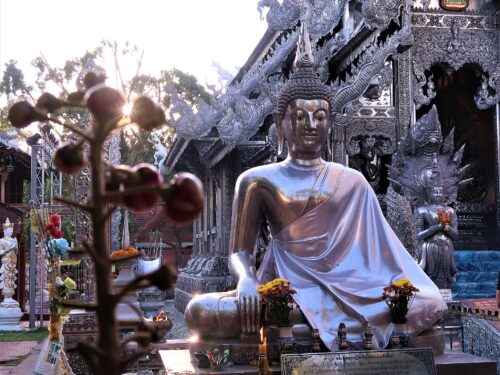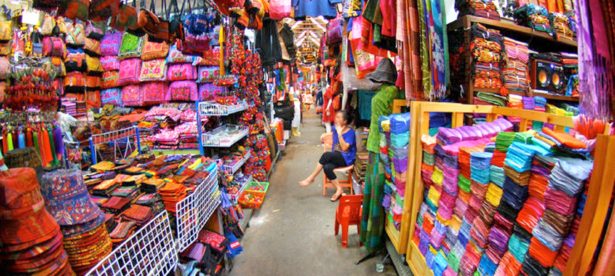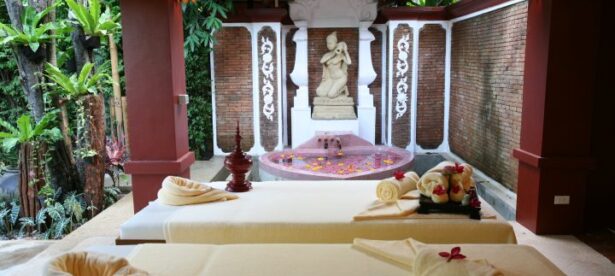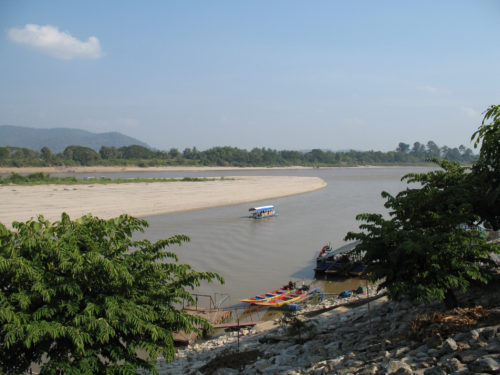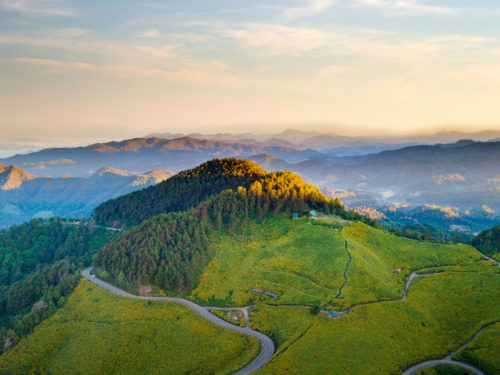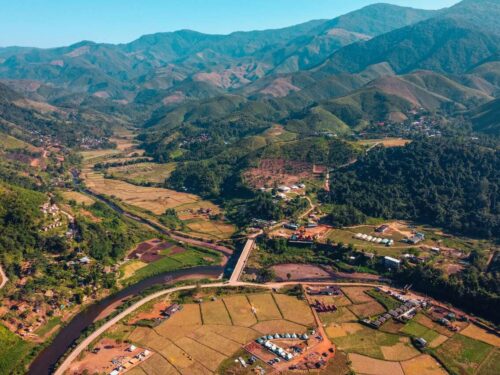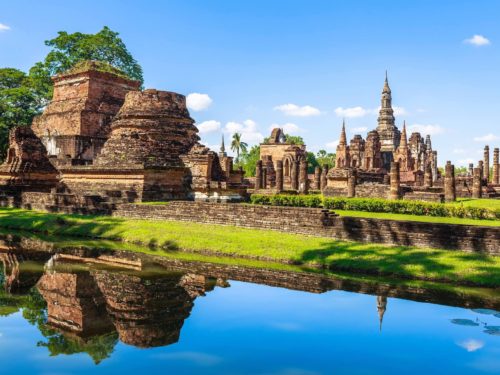Chiang Mai
Chiang Mai
After metropolitan Bangkok and Nakhon Ratchasima, Chiang Mai—also spelled Chiengmai—is the largest city in northern Thailand and the third-largest city overall. It is situated at a height of 1,100 feet on the Ping River, a significant tributary of the Chao Phraya River, close to the center of a lush intermontane basin (335 m). It serves as the center for transportation, education, culture, economics, and religion for both northern Thailand and a portion of neighboring Myanmar (Burma).
History
The city, which formerly served as the seat of an autonomous kingdom, is closely associated with Laos culturally. In order to serve as the political, economic, social, and cultural hub of his newly enlarged and united kingdom of the Tai people, known as the “Lanna Kingdom,” Chiang Mai was deliberately established by King Mangrai in AD 1296. (kingdom of a million rice fields). It was intended to be situated north of the present-day Thai mainland, in Southeast Asia’s landlocked interior.
The city plan therefore represented a contented and successful individual, laying with his or her back turned to the strong and stable mountain, protected by its sacred spirits, and with the stomach facing the river on the east, full and round, and hanging down from the northeast to the south, like that of a pregnant woman, receiving double protection from the outside walls and moats.
Since Chiang Mai has been around for 700 years, its civilization has evolved over the years, reaching its pinnacle before falling and then rising again in numerous succeeding eras. But the history of Lanna, Siam or Thailand, Asia, and the rest of the world have all influenced Chiang Mai’s growth, which has never happened in a vacuum.
The various significant historical and cultural landmarks and locations in Chiang Mai that represent its identity and spirituality, including its cultural landscape, have inevitably been susceptible to deterioration and damage during the conflicts and to essential repair and modification after the wars, but the repair and modification were always carried out by the Lanna monarchs and communities, with the Lanna’s sentiment and perspective in mind and and communities, with the Lanna’s feeling and in the spirit of the Lanna cultures and traditions.
Weather
October through April are the best months to visit Chiang Mai. This is peak visitor season because the weather is often cool and pleasant with a little wind. The city is at its most active during the festivals, which is another great time to visit Chiang Mai.
How to get there
Flying from Bangkok to Chiang Mai is the most straightforward way of transportation. The majority of low-cost airlines that travel to Chiang Mai, including Nok Air and AirAsia, take off from Bangkok’s Don Mueang Airport, which primarily serves domestic flights. Larger carriers like Bangkok Airways, which also travel to Chiang Mai but at a substantially higher cost, are based at Suvarnabhumi International Airport (BKK). The flight takes roughly one hour and fifteen minutes to go between the two cities.
When travelers are at Chiang Mai, visitors can take either a moto taxi (a motorized three-wheeled taxi) or a tuk-tuk (a motorized three-wheeled taxi) to the Old City center, which is only a short distance from the airport.
Best attractions in Chiang Mai
Chiang Mai is big city of the northern part where there are many nice attractions More
Best things to do in Chiang Mai
Many things to do in Chiang Mai. Please see some of our suggesitons More detail

The 12 best attractions in Chiang Mai
The 12 best attractions in Chiang Mai
Situated in the Noth of Thailand, Chiang Mai is a charming city with misty mountains, ancient Buddhism temples, a playground for travelers, and a delight for adventurers. This lovely city has so much to offer that it is difficult to decide where we should go. No need to worry because Thai Unika has the solution, […]
Best Restaurants & Bars in Chiang Mai
Bar, nice restaurants, many place for you to enjoy good food and nice drink in Chiang Mai More details
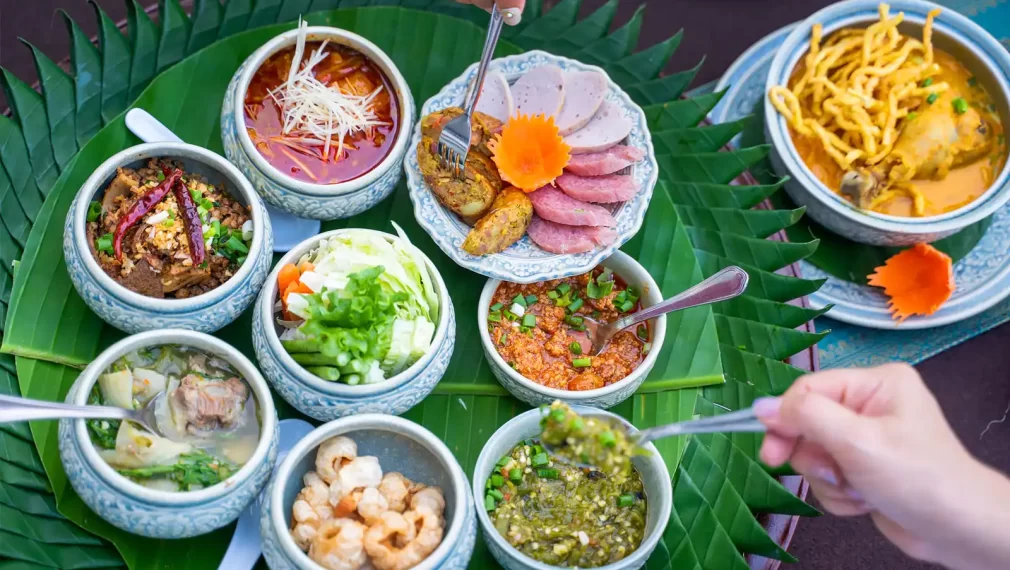
Top 10 best local restaurants in Chiang Mai
Top 10 best local restaurants in Chiang Mai
Just like Bangkok, Chiang Mai is also a place that attracts a lot of tourists every year. People come to Chiang Mai for its stunning temples and historical sites and the tasty Northern local food here. If you coming to Chiang Mai, but still wondering where to eat, this article is perfect for you. We […]
Best excursions in Chiang Mai
Several type of tours in Chiang Mai for you to choose from trekking, sightseeing, elephant riding, rafting, biking, cooking class.. More details
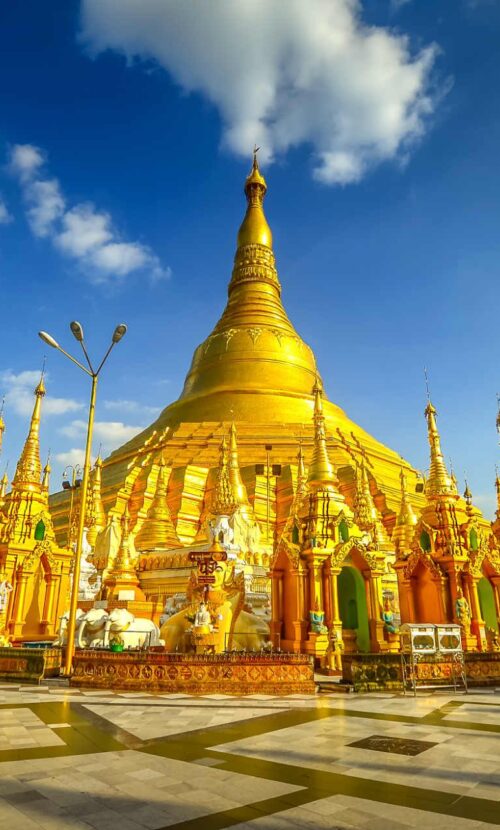
Immerse in an extraordinary expedition that will take you on an unforgettable journey through the captivating lands of ...
Theme: Multi-countries tours Thailand Myanmar Tours
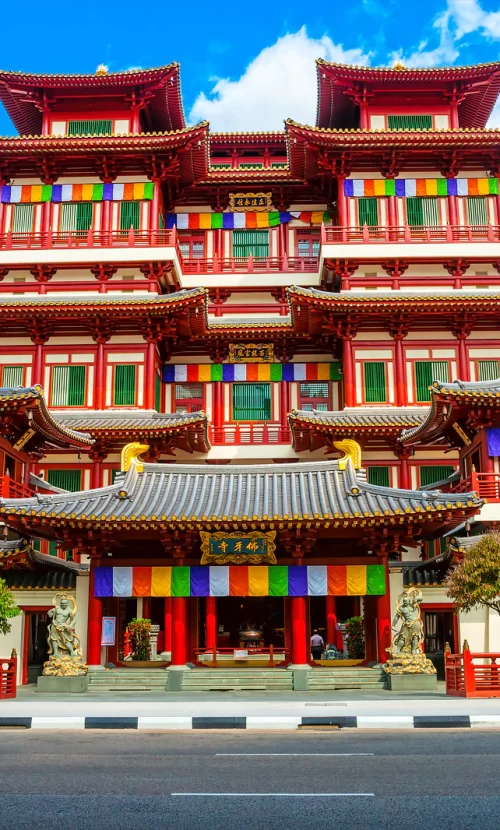
The tour begins with a visit to Sentosa Island in Singapore, where travelers can enjoy its beautiful beaches and ...
Theme: Thailand Singapore Malaysia Tours
from $1919
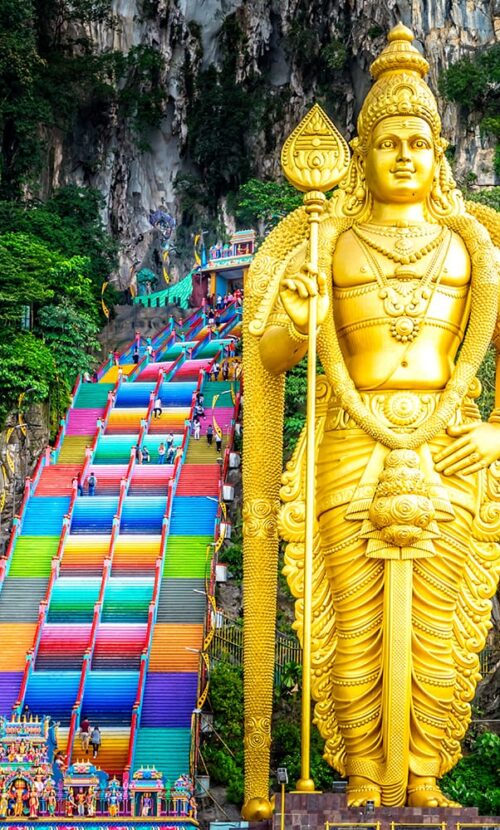
Embark on a 23-day journey through Southeast Asia, and immerse yourself in a diverse range of cultures and experiences. ...
Theme: Thailand Singapore Malaysia Tours
from $2286
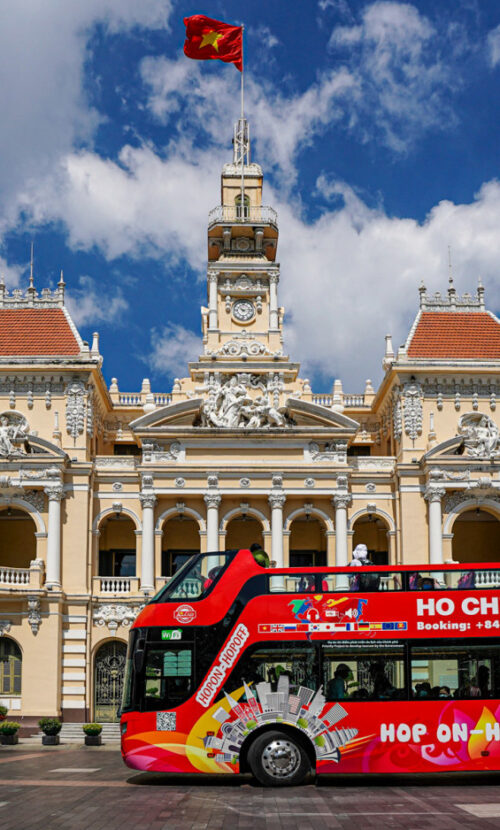
Home away from home in Bangkok & Phu Quoc (12D11N) is one of the most trending tour for customers to discover two ...
Theme: Multi-countries tours Thailand Vietnam Tours
from $819

Embark on an enchanting journey through the heart of nature with our captivating tour, carefully designed to provide an ...
Theme: Trekking Tours

Learning through an extraordinary adventure through the enchanting landscapes of Mae Taeng, where nature and culture ...
Theme: South Thailand Tours Trekking Tours

